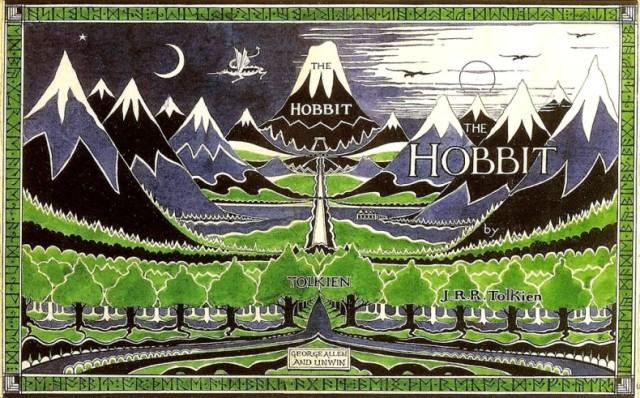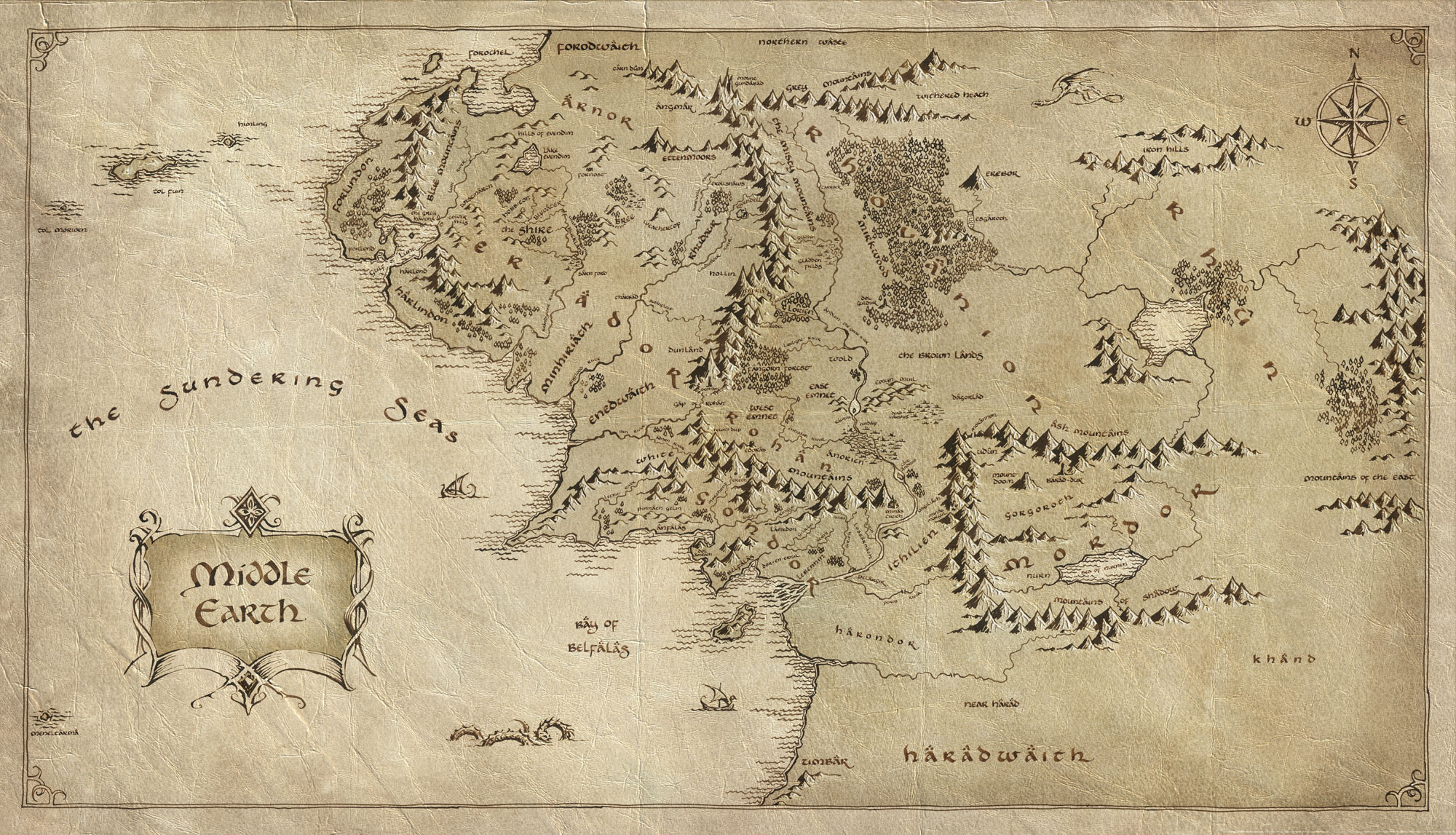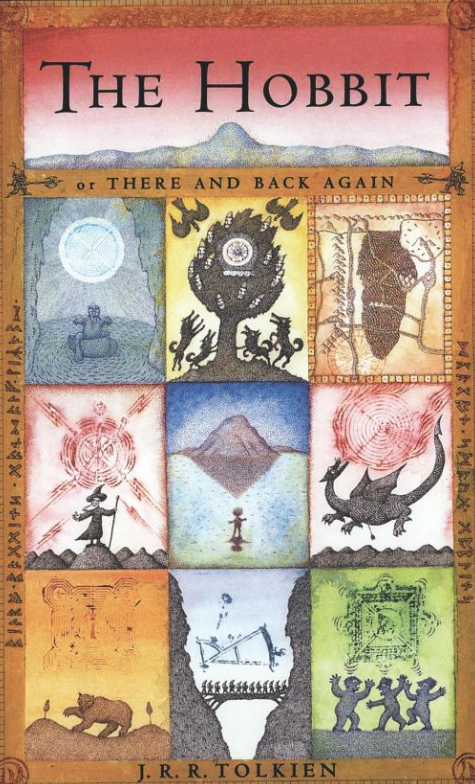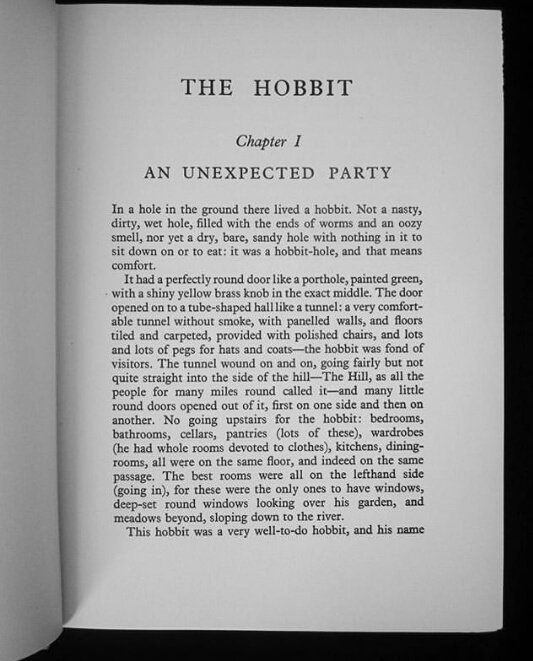Manifesting Ideas Into Reality From Florentine Bottegas to Studios, Labs and R&D
Image of ‘Tony Stark’ in the Iron Man (2008), by Marvel
Next to a roaring furnace, a tall and muscular man is hard at work. His face is sweaty and his brow is furrowed in concentration as he pounds hot metal pulled out of his forge with large tongs. Sparks fly off the metal that glows bright orange and fiery red. Occasionally, a spark will touch his skin, but he does not flinch. Every muscle in his arms is put to work. With precision, he warms wrought iron pieces to almost a white heat and then hammers them together, welding them fast into one indistinguishable piece. Again and again, he repeats the process until he has fifty matching railings, all exquisite in their design and craftsmanship. As he lays each final piece down on a rack to cool, the blacksmith however, shakes his head, unsatisfied. Each piece, the same in length, has a slightly different weight. The hours pass by as he labor away, and finally produces a batch of final implements that meet his discerning eye.
Image via StatueCrafts
Supreme craftsmanship in creating powerful yet exquisite tools defined the blacksmith of old. It was no wonder that around such skill and talent, myths and legends sprouted in abundance. Heralded as the artisan of the gods in Greek and Roman mythology, Hephaestus was a blacksmith whose forge was a volcano. In Germanic myths, Völundr was a heroic blacksmith who forged gorgeous gold rings inlaid with sparkling gems. Captured by a cruel king and sequestered on an island, Völundr exacted his revenge by killing the king’s sons, seducing his daughter and escaping on wings that he had forged. In ancient Japan, Masamune was a legendary blacksmith and swords with who not only constructed powerful weapons for samurais, but also taught his students the ways of warfare.
In times of war, having experienced blacksmiths that could create forge-welded axes, chisels, knives and spears, was indispensable. The blacksmith’s trade was not only exquisite to behold, but was also essential for survival.
With just a few tools available to him, such as bronze and later wrought iron and steel, the blacksmith, toiling for hours in his studio next to a blazing fire of charcoal, produced powerful tools for both agriculture and warfare. Creating a consistent temperature that was hot enough to weld the metal pieces, required a precise hand. Everything he did was dependent upon his expertise and careful craftsmanship. Replicating his work was not an easy task. It would take several centuries before the medieval blacksmith’s elegant work could ever be duplicated.
With the advent of the Industrial Revolution, the creation of more sophisticated tools and the availability of a larger labor force, the blacksmith could now create tools and implements much faster and replicate his work more easily. A craft once defined by a sole individual, can now be shared with a team. He also benefits from the modern assembly line and the ability to automate some work processes. Henry Ford’s remarkable invention of the everyday consumer’s automobile, the model T, building upon the original car developed by Carl Benz and founder of Daimler AG, is almost eclipsed by his creation of the modern assembly line — a methodology that surpassed all previous manufacturing up till that point in time.
Image of ‘Tony Stark’ in the Iron Man (2008), by Marvel
The blacksmith of today is not limited by the same parameters of time or location. Modern advancements free him up to do what he loves best: to create. In many ways, he is right back at the drawing board, whether it is in his mind or conceptually laid out on paper or a computer screen, giving him the opportunity to create works that match his vision entirely.
Drawing Inspiration from Centuries of Craftsmanship
The word ‘create’ has long been associated with artisans, artistic endeavor and spiritual pursuits for eons. In terms of artisans, creating typically means building works of arts from scratch, that can be used for practical purposes such as pottery, wood frames and furniture. Artistic endeavor that does not fulfill a tangible, practical purpose, but an aesthetic one that inspires you, also falls under this description and is primarily attributed to works of art such as music, dance, sculpture and painting. In the Book of Genesis, in the Old Testament in the Bible, it says:
“Then God said, ‘Let us make man in our image, after our likeness; and let them have dominion over the fish of the sea, and over the birds of the air, and over the cattle, and over the earth, and over ever creeping thing that creeps upon the earth.’ So God created man is his own image, in the image of God he created him; male and female he created them.”
Michelangelo, Creation scenes, Sistine Chapel Ceiling, 1508-12, fresco (Vatican City, Rome)
Creating is thus attributed to a divine act of God and thus a human being, when he or she creates, is thus imitating the will of God. During the height of the Renaissance movement in Europe, artistic creativity was at its peak. Artwork reflected a synthesis of these beliefs, with sculptures created idealistically to represent the best of humanity in the likeliness of God, while also revealing the artist’s hand.
Close up: Michelangelo, Delphic Sibyl, Sistine Chapel Ceiling, 1508-12, fresco (Vatican City, Rome)
Turning down one of Florence’s many winding streets today, you can see the descendants of ancient Etruscans who work with their hands to create individual works of art. The home of Leonardo da Vinci and Michelangelo, the city of Florence was once the heart of the Renaissance art movement. While Italy has changed dramatically, the Florentine bottega or workshop, even today reveals an atmosphere of passion and creativity, fueled by work by hand. These studios are often filled with ceramics, cameos, wood paintings and furniture today by amateur artists and antique restoration artists.
The difference today from our collective past is the opportunity at hand. The restrictions that previously limited creative growth are now lifted. An artist in Florence can continue to make wood paintings or sculptures in the tradition of old, while harnessing a new set of tools available through the web and via powerful software and computer systems.
Workshop of La Vecchia Faenza where artisans use techniques and patterns from the 15th century. Photo by Andrea Piffari, Collezione Maramotti, Italy
In the Last 150 Years: Accelerated Connectivity and Expanded Market Opportunities
In 1846, a twenty-seven year old man by the name of Elias Howe devised the first fully functioning sewing machine, available to the public. With that single invention, Howe revolutionized the clothing industry, giving birth to mass production of clothing quickly and lowering the barrier to entry. Later in 1884, after an embargo was imposed upon English clothing, Isaac M. Singer revised and produced the first electric sewing machine for personal use. A woman who used to make clothes for her family via the old-fashioned method of needle and thread and painstaking labor, could now set up her own shop and earn an income. The expansion of railroad lines all across the country, through the heartland, and into the frontier regions, offered larger opportunities where a tailor could ship goods from New York City to the West coast, thereby increasing market share substantially and earning a comfortable income.
One hundred and fifty years later, another invention would dramatically alter the course of human history, shaping social, cultural and economic dynamics. The personal computer, fully functional by 1976, changed the way people could communicate not only for work, but also for pleasure. The arrival and spreading of bandwidth on the Internet is akin to the expansion of the railroad, allowing the communication of information instantaneously. Just like the railroad enabled merchants to distribute clothing and other products to markets all over the country, dramatically increasing both market supply and demand with lower barriers to entry, bandwidth and wireless connectivity has enabled businesses to connect with consumers all over the world at a fraction of the previous cost, immediately. From a world of only tangible products with limited distribution, the economy has now evolved to where an individual located in a small town can reach a global audience.
The Gutenberg press for example, revolutionized the world of printing as monks no longer had to write out each word slowly through painstaking calligraphy. With the proliferation of presses, words could be reproduced in greater numbers and hence ideas of the world could be spread quickly, inexpensively and efficiently with greater larger areas of distribution and consistency. The Internet has further built upon and expanded upon these opportunities, enabling you to distribute your product or service beyond the confines of your town or city to national and international customers. The advent of such technologies, lowered barriers to entry and a seamless shortening of the innovation cycle, has enabled getting products and services out the door, faster than ever before.
“The central actor now is the consumer as the creator of his or her own world, and business better recognize that fast.”
A Need for Progress Studies and Pathways for Creativity
Looking at the course descriptions of university syllabi over the last twenty years, particularly in the last five years, you can see a remarkable difference. There is an increasing demand by students and changes made by younger faculty for courses that offer the ability to actually create. Only a few universities and colleges aim to answer this in any feasible way. Most formal education repeats the knowledge of the past, which is important to have. However, in order to understand how progress actually happens and how invention occurs, we need some methods of studying progress. How do we measure progress? How long does progress take? What accelerates progress? What holds progress back? What systems and practices exist today to nurture this?
Creativity is not something you can automate. However, we can nurture methods that foster creativity. What methods can be put together to encourage a culture of creativity and to facilitate the birth of new ideas? The importance of design-led culture and thus creativity through design, has gained traction in many high-performing companies. Patrick Collison, the founder of Stripe, a software infrastructure and payments company, and Tyler Cowen, an economics professor at George Mason University , examine this need for Progress Studies in this compelling article in The Atlantic.
What Does It Mean to Create Today?
In modern times, ‘to create’ means to bring something into existence. The word ‘create’ comes from the Latin verb creare, which means to produce. In Old English, the word create signifies forming out of nothing. What then does it mean to be a creator? A creator is thus someone who produces something new out of nothing. This can be anything — from traditional artistic media such as crafts, visual arts, music, poetry and architecture to a tangible or intangible (software for example) product or service or method of communication.
Creation of new ideas, technologies, systems and products have dramatically altered the way we communicate and work. They have radically improved our collective quality of life as human beings, as individuals and in relationship to one another. We build upon these strengths. We stand upon the shoulders of giants. We are free to pursue creative ideas because these inventions, systems and processes are available to us.
The 21st Century Makes Creation Easier, Faster and Builds Upon Centuries of Achievement
“Creators are in people in all of us whenever we go online.”
Over the last forty years, the Internet has spawned a global connectivity that has transformed the ways we do business, the ways we live and the ways we connect with each other. Each breakthrough has paved the way for new inventions and opportunities, big and small. Today we can harness sophisticated technology tools that alter our perceptions of time, location and connectivity. Many barriers to entry have also been lifted and as the innovation cycle shortens, it has become easier to take an idea from conception to execution than before. That does not deny the tremendous amount of effort required, but it does point to a change in how long it takes to execute an idea. The opportunity to engage in a global marketplace is unprecedented in its accessibility.
It took 100 years for electricity to be adopted by 60 million people worldwide. It took television thirteen years. It took Apple’s App Store just 13 months to reach that milestone. If the Industrial Revolution was transformative, consider how much the App economy has changed the world.
This is the opportunity inherent in today’s creator economy. This vast opportunity comes with its own challenges, but attracts individuals with ambition and a deep desire to create, whether it is on their own or with a company or a team united in purpose. Will you seize it?























